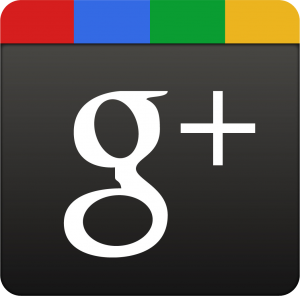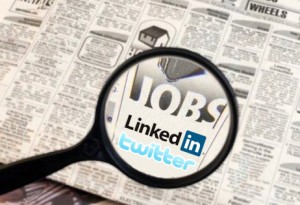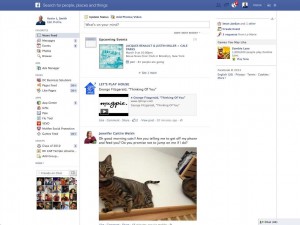Could Google Plus Be Making a Comeback?
In Social Bookmarking, Social Media, Social Networking, Web 2.0 | 1 CommentRecent reports are suggesting 
Regardless, this information is still interesting and could be used as proof that Google Plus might not be as much of a failure as many people believe it to be. One blogger suggested that Google Plus has been ‘playing the long game,’ as it continues to experiment with new functionalities and has cited its video chat function (known as Google Hangouts) as particularly innovative, due to its ability to seamlessly run live chats with up to ten people, taking a large step past other video chat services such as Skype. In addition to this, its connectivity with other Google properties such as Gmail, Google Voice, and Google Chrome is also being praised.
Indeed Google Hangouts have been taken more seriously in the past few months. President Obama has hosted two Google Hangouts after the State of the Union in 2012 and 2013 and other members of the Obama administration have also used this feature of Google Plus. Similarly, NASA recently hosted a Google Hangout from the International Space Station, which was used to allow other users to ask questions to astronauts.
Other recent updates to Google Plus, such as the ability to use animated GIFs as profile pictures, a feature that Facebook lacks, might also be representative of the continued evolution of Google Plus. Though the numbers that have been recently presented regarding Google Plus’ ‘active users’ may be misrepresented, it’s still interesting to note that Google Plus is still being taken seriously by a number of sources, including the White House and NASA.
Perhaps it will only be a matter of time before Google Plus starts to become a genuine competitor to Facebook. In the meantime, however, as someone who doesn’t care much for video chat, I’ll be sticking with Facebook until Google Plus provides me with a function that makes it truly worthwhile to make the switch.




